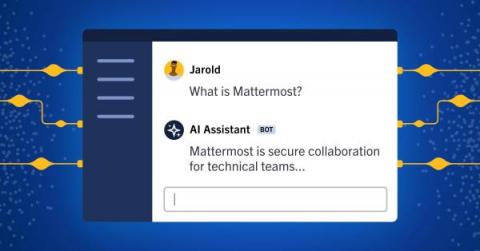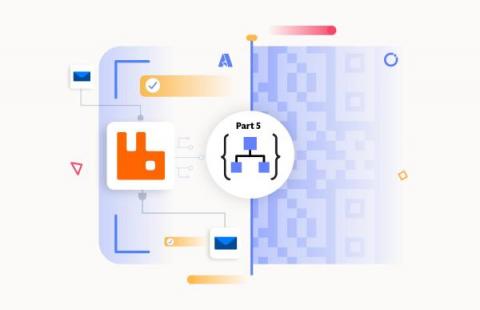3 Reasons to Prioritize Observability as part of Application Integration Strategy
Most companies in today's business landscape that deal with large amounts of data want to integrate their applications so that they can pass data between them seamlessly and easily. Being able to ensure that you can see exactly what is happening at every stage of the process is key, and this is where approaching the process with observability in mind can make a real difference. Deciding at the outset that observability is something that you want to be baked into the process means that you can plan and execute with that in mind.











